Reel Breakdown #72: DOG DAY AFTERNOON (1975)
When Desperation Becomes a Spectacle and the System Watches You Burn
Dog Day Afternoon is a powder keg of tension and cultural commentary. Released in 1975, Sidney Lumet’s classic remains one of the most gripping portraits of desperation in American cinema. It feels as urgent today as it did nearly 50 years ago.
I was drawn to the film for its masterful performance and pacing, but stayed for its humanity in every chaotic frame. This crime film is about people breaking down under systems that refuse to understand them.
Dog Day Afternoon is more than a “robbery gone wrong”—it explores identity, media spectacle, and the limits of freedom in America, all within a single New York City borough.
Let’s break it down.
The Director
Sidney Lumet
Before Dog Day Afternoon, Lumet had already established himself as a master of the actor-driven, socially-conscious drama (12 Angry Men, Serpico). Afterward, he explored corruption and institutional rot in films like Network (1976) and Prince of the City (1981).
His directing—characterized by raw realism, minimalism, and a focus on performance—is at its peak here. Lumet doesn’t romanticize the event, lending the film greater credibility and weight.
Lumet trusts viewers with discomfort by allowing improvisation and extended scenes, achieving social clarity akin to Italian neorealism.
Cinematography & Camera Work
Cinematographer: Victor J. Kemper
Camera: Panavision Panaflex
Aspect Ratio: 1.78 Spherical
Lenses: Panavision Primo lenses
Film Stock: 35mm, Kodak's 100T 5247
Shot with natural lighting, Kemper's cinematography is purposefully unshowy. The sun-bleached palette evokes a sweltering Brooklyn summer, mirroring the characters’ emotions.
The camera rarely moves unnecessarily. Its stillness builds pressure. Framing emphasizes confinement—claustrophobic interiors, boxed-in crowd shots, police barriers. The use of medium and long takes deepens our immersion in Sonny’s unraveling psyche.
Visual symbolism
Windows and bars — emphasizing both literal and psychological imprisonment.
Blinding sunlight is a metaphor for unwanted exposure, especially in Sonny’s case, as his personal life becomes a public spectacle.
The Cast & Acting Performances
Main Cast
Al Pacino as Sonny Wortzik
John Cazale as Sal
Charles Durning as Sergeant Moretti
Chris Sarandon as Leon
Pacino’s Sonny blends charisma and chaos, drawing us in but never glamorizing. His phone call with Leon is heartbreakingly restrained, defining this complex role.
John Cazale, in his quiet menace, acts as the tragic foil. His performance is spare but devastating.
The chemistry between Pacino and the ensemble feels authentic, likely due to Lumet’s extensive rehearsals. These weren’t just performances—they were people.
Career-defining moment: Pacino’s “Attica!” is iconic, but his quieter shifts, panic, and uncertainty truly define this performance.
Screenplay, Structure, & Themes
Screenwriter: Frank Pierson (Oscar Winner for Best Original Screenplay)
Inspired by: A real 1972 bank robbery in Brooklyn
The screenplay unfolds almost in real time, capturing a slow descent into media madness. It stays tight yet touches on broad themes.
Dialogue is naturalistic, often improvised. The screenplay trusts actors to find emotional truth within the moment.
Major themes
Alienation and visibility: Sonny’s sexuality, initially private, is exposed to public scrutiny.
Institutional failure: Police, banks, and media exploit or mishandle the situation.
Masculinity in crisis: Sonny and Sal are men who don’t fit the mold—they’re not professionals, macho, or prepared.
The screenplay observes the breakdown of order and identity in real time without providing clear answers.
Editing & Post-Production Choices
Editor: Dede Allen
Allen’s sharp editing builds tension through miscommunication and claustrophobia, cutting only when the emotional rhythm demands it.
Standout moment: The pacing during the phone call between Sonny and Leon—a five-minute emotional crescendo that plays like a stage drama yet feels utterly cinematic.
Score & Sound Design
Composer: None. There is no original score.
The lack of music was calculated—tension remains raw, replaced by city noise and helicopters.
The only music in the film is Elton John’s “Amoreena,” playing during the opening credits, which grounds us in a sense of time and place before pulling it all apart.
Cultural & Historical Context
1975
America was still reeling from Vietnam, Watergate, and economic disillusionment. The public’s trust in institutions was eroding, and Dog Day Afternoon tapped that skepticism.
It was also groundbreaking for portraying LGBTQ+ characters, especially in a mainstream Hollywood film. Sonny’s bisexuality is treated not as a punchline, but as a central, humanizing part of his character.
It was both ahead of its time and wholly a product of it: a snapshot of the 1970s urban malaise, fear, and fury.
Legacy & Influence
Dog Day Afternoon has aged well. Its influence is seen in films from Inside Man to Uncut Gems. It redefined the heist film, focusing on characters rather than plot twists.
It’s among Lumet’s finest and a touchstone of 1970s American cinema, alongside Taxi Driver and Network.
Final Take
What worked
Pacino’s performance
Lumet’s direction
The screenplay’s moral complexity
Dede Allen’s editing choices
What didn’t
Some may find the pacing too slow by modern standards
The lack of resolution might frustrate those expecting traditional arcs
Why it matters
This is essential cinema—not for perfection, but for its raw, unflinching humanity. It proves that people on the margins deserve dignified stories.
Who should watch it
Fans of character-driven dramas
Anyone interested in political cinema or LGBTQ+ history
Those who think tension needs guns and explosions to work
Who shouldn’t
Viewers who require tidy endings
Audiences looking for a traditional heist thriller
Cool & Unusual Facts
The honest Sonny sold the rights to his story for $7,500.
John Cazale improvised the line, “Wyoming,” when asked what country he wanted to escape to.
Al Pacino reportedly collapsed from exhaustion after filming the final scenes.
The film had a budget of $3.5 million and grossed over $50 million at the box office.
Dede Allen’s editing style here became a model for later realistic, tension-based dramas.





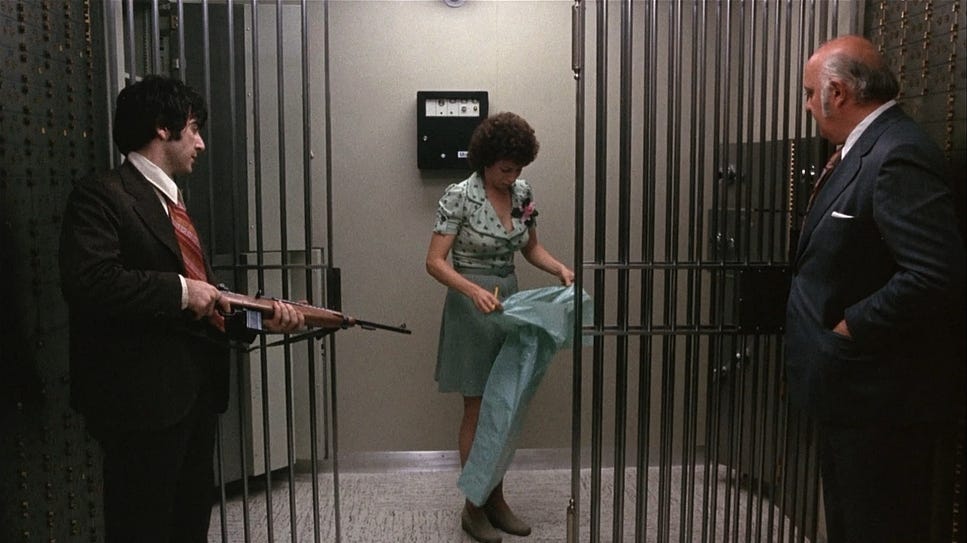
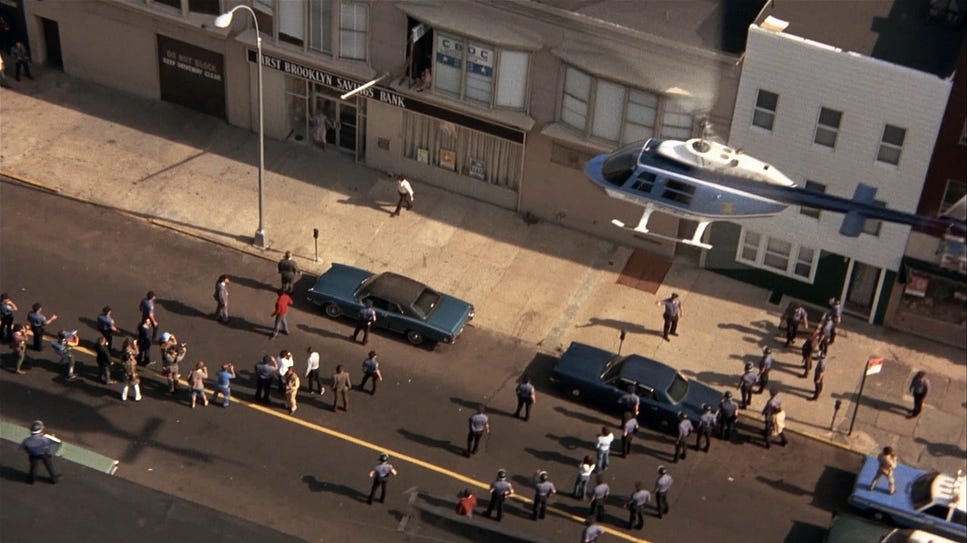
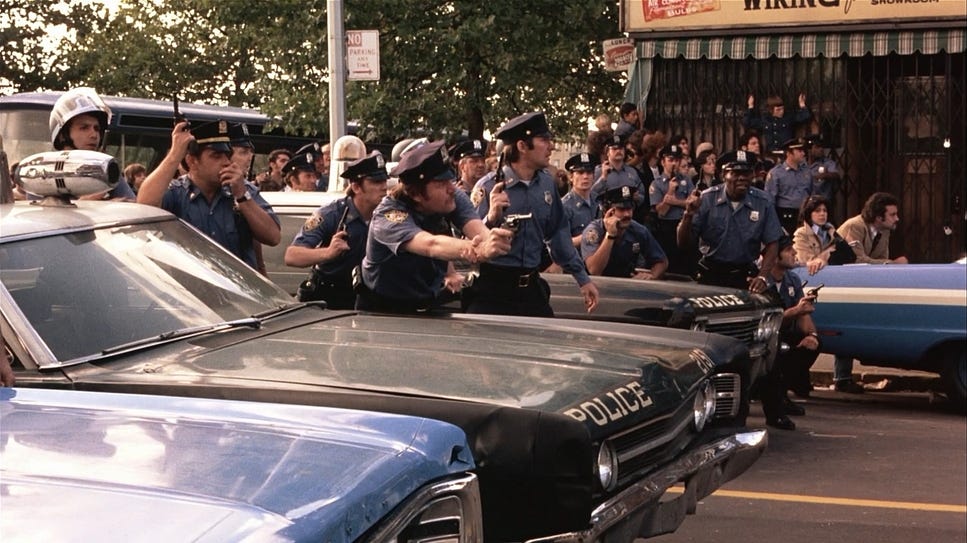
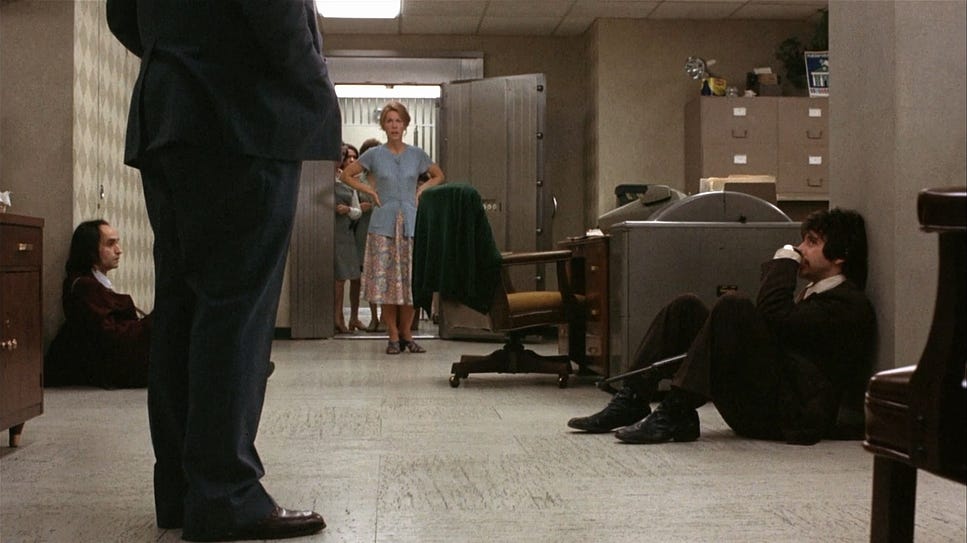




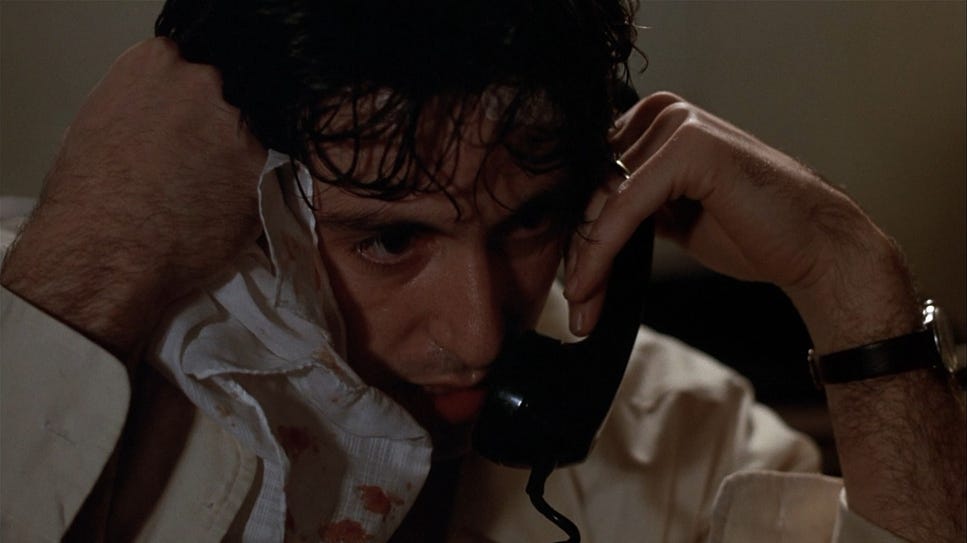
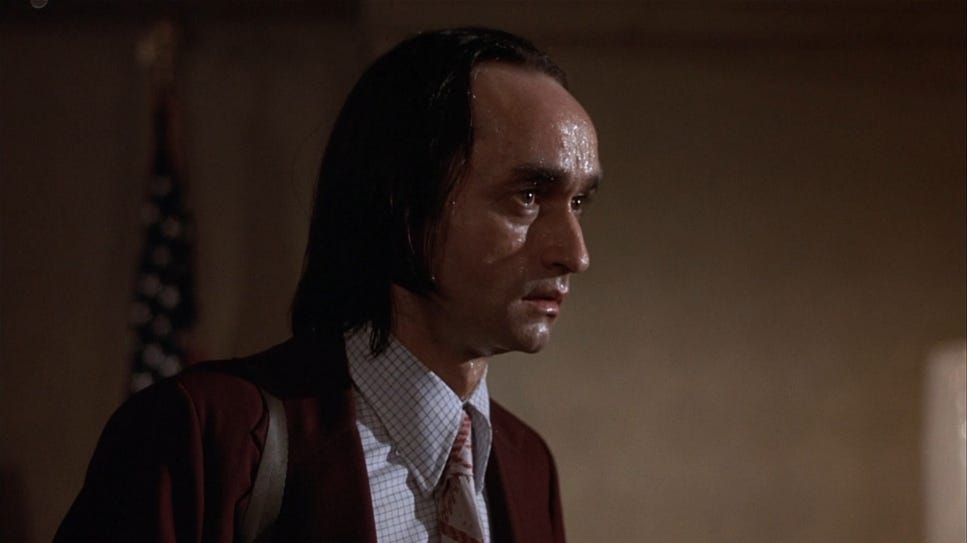

Another great review. I love this film. The way shots are staged is so simple but effective. The acting, especially among the background actors, is so natural. Love Pacino but John Cazale steals scenes. The bit about not smoking “I don’t want the cancer” is brilliant and unfortunately prescient.
A good review of a great movie!!